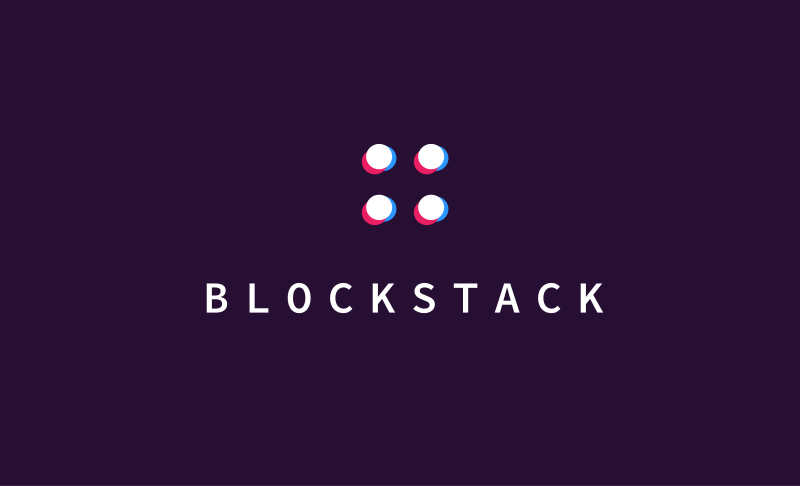The Blockchain is a force of monumental change. Financial systems, smart contracts, and peer to peer networks are all obvious realms where we see the Blockchain making impacts. One area that should be obvious but is not talked about nearly as much is how the Blockchain could actually benefit the internet itself, rather than just facets of an already existing internet. Princeton trained Computer Scientists are currently working on an ambitious project called “Blockstack” to make a blockchain based Internet for the future.
What is Blockstack?
Essentially, Blockstack is a project which aims to bring the trustless nature of the Blockchain to all of the Internet. Instead of relying on remote, third party servers for access to data and the Internet, Blockstack will remove those trust points and give them back to the users via blockchains.
They are hoping to address some of the largest problems with the Internet today. They feel things like data breaches, insecure connections, and users being locked into certain platforms means the Internet is broken.
Since apps and services store user data in central locations, they are targeted by hackers and criminals hoping to gather a wealth of information with one attack. Domain names and security are entrusted to demonstrably fallible third parties to issue certificates which can be compromised. Finally the keys to authenticate on platforms are owned by the companies that own the service or app, not the user. All of these things spell trouble for the current state of the Internet.
Blockstack addresses these problems. All user data for Blockstack’s Internet is stored locally on the device. It is then encrypted before being backup to a cloud storage system. A Blockchain solution will bind digital properties. This way a new node -user- can independently verify all data bindings, without reliance on third parties.
Digital identity keys are also generated on your devices, not by the app or service owners. There is a saying in cryptocurrency “if you do not own the keys, you do not own the coins,” and this is also true of your data and authentication keys. Blockstack allows users to retake control of their very identity.
The Structure
Blockstack is open source and structured in layers. The first layer is the control layer that is acting as the control with two main functions: storage for operations and consensus on order of written operations.
The next area is the data plane where the second layer exists. This is called the peer network and acts largely as the space for data discovery and data routes. Since data integrity is backed up by hash identification on all levels of the network, users do not need to trust the discovery layer – it just is.
The top layer is also part of the data plane and is a storage layer for the actual data values. Again, there is no need for trust as the values can be checked against hash IDs in the control layer of their new Internet. The whole system relies on the consensus protocol of the underlying blockchain -the control and first layer-.
This project is exciting and interesting. It has been in development for a few years now, but they continually publish new and improved White Papers on the project.
More on the project: https://blockstack.org/
Read their White Paper: https://blockstack.org/whitepaper.pdf
If you liked this article, follow us on Twitter @themerklenews and make sure to subscribe to our newsletter to receive the latest bitcoin, cryptocurrency, and technology news.

